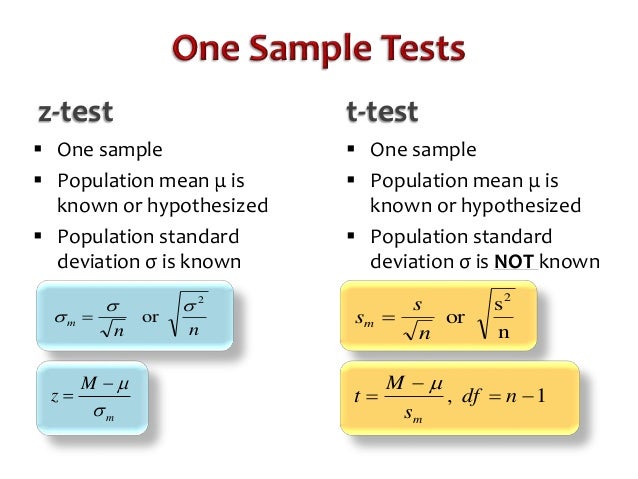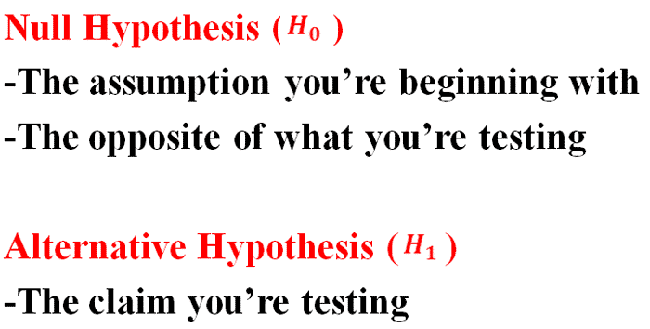

Let's compute the value of sample mean using test statistics by following formula. Regression Intercept Confidence Interval.hypothesis testing, but the calculator wont figure out the null and alternate hypotheses.


Also, this will use to assess the truth of the null hypothesis.

This represents the amount of evidence that is being used to make a decision. So you can better interpret the results obtained by this solver: A z-test for one proportion is a hypothesis test that attempts to make a claim about the population proportion (p) for a certain population attribute (proportion of males, proportion of people underage). Step 2: State the size (s) of the sample (s). The test has two non-overlapping hypotheses, the null and the alternative hypothesis. The p-value is the probability of obtaining sample results as extreme or more extreme than the sample results obtained, under the assumption that the null hypothesis is true The sampling distribution used to construct the test statistics is approximately normal The main principle of hypothesis testing is that the null hypothesis is rejected if the test statistic obtained is sufficiently unlikely under the assumption that the null hypothesis is true The main properties of a one sample z-test for one population proportion are:ĭepending on our knowledge about the "no effect" situation, the z-test can be two-tailed, left-tailed or right-tailed The null hypothesis is a statement about the population proportion, which corresponds to the assumption of no effect, and the alternative hypothesis is the complementary hypothesis to the null hypothesis. Type I error occurs when we reject a true null hypothesis, and the Type II error occurs when we fail to reject a false null hypothesis In a hypothesis tests there are two types of errors. Alternative hypothesis x is not equal to y. The alternative hypothesis tries to prove a. The null hypothesis is rejected when the z-statistic lies on the rejection region, which is determined by the significance level (\(\alpha\)) and the type of tail (two-tailed, left-tailed or right-tailed). Most technical papers rely on just the first formulation, even though you may see some of the others in a statistics textbook. Typically the null hypothesis states that there is no relationship between the variables that you are comparing.


 0 kommentar(er)
0 kommentar(er)
